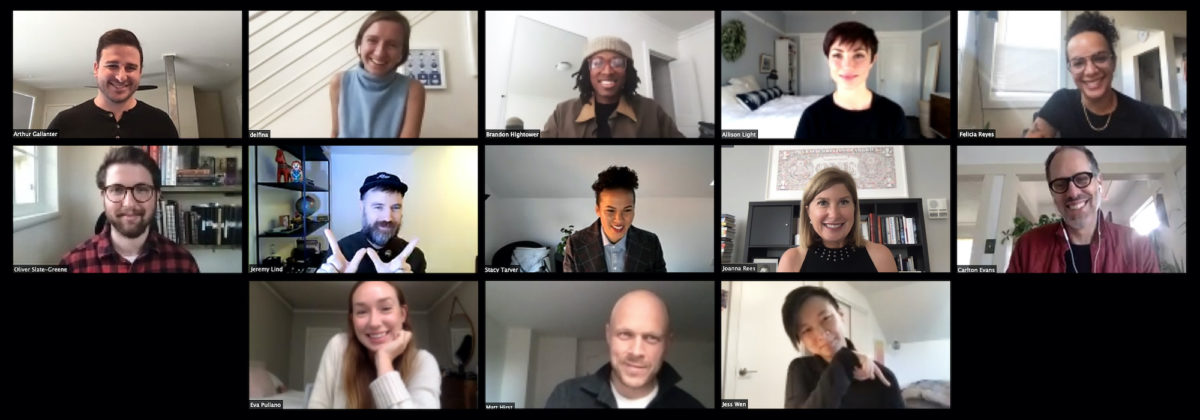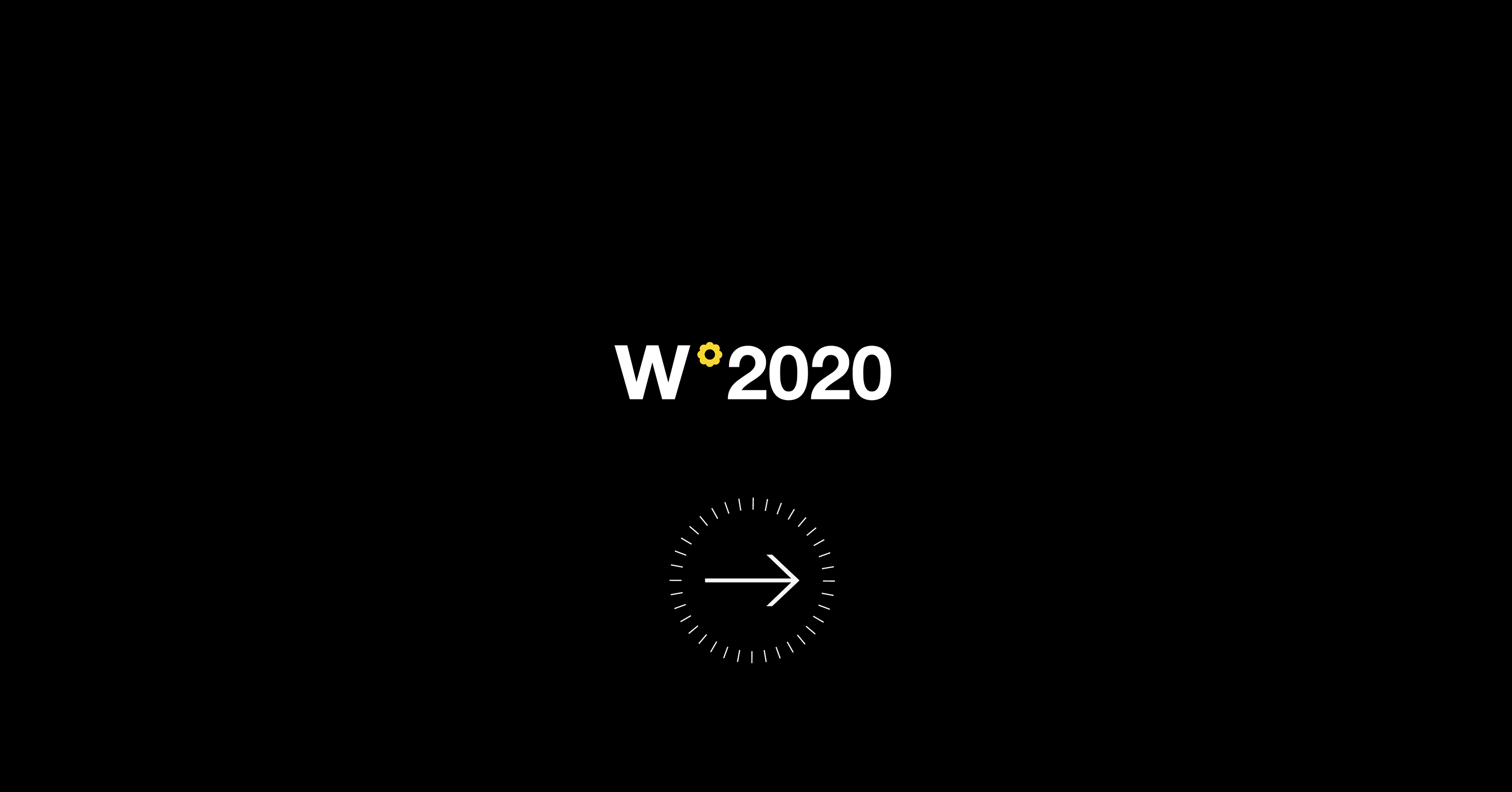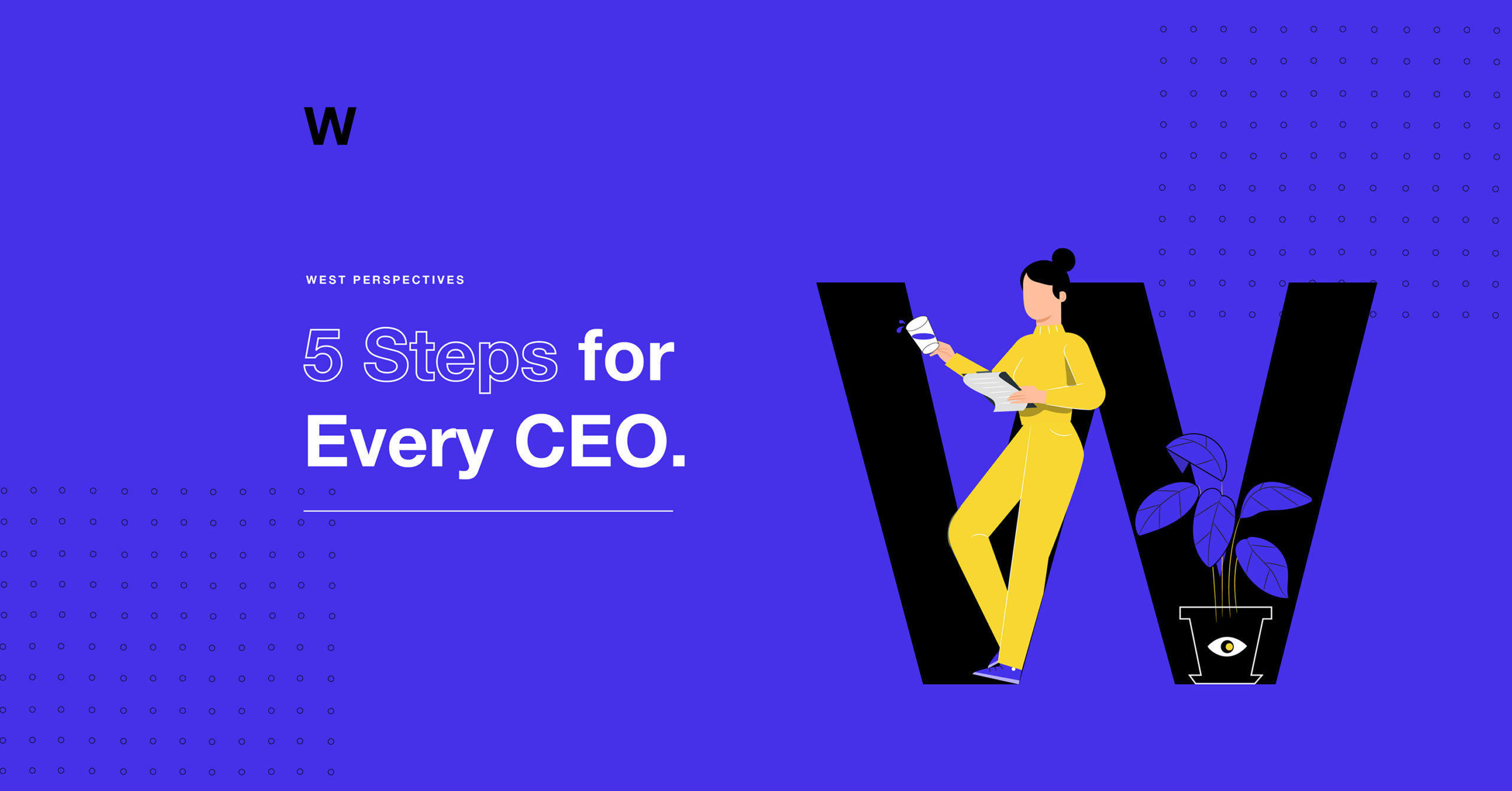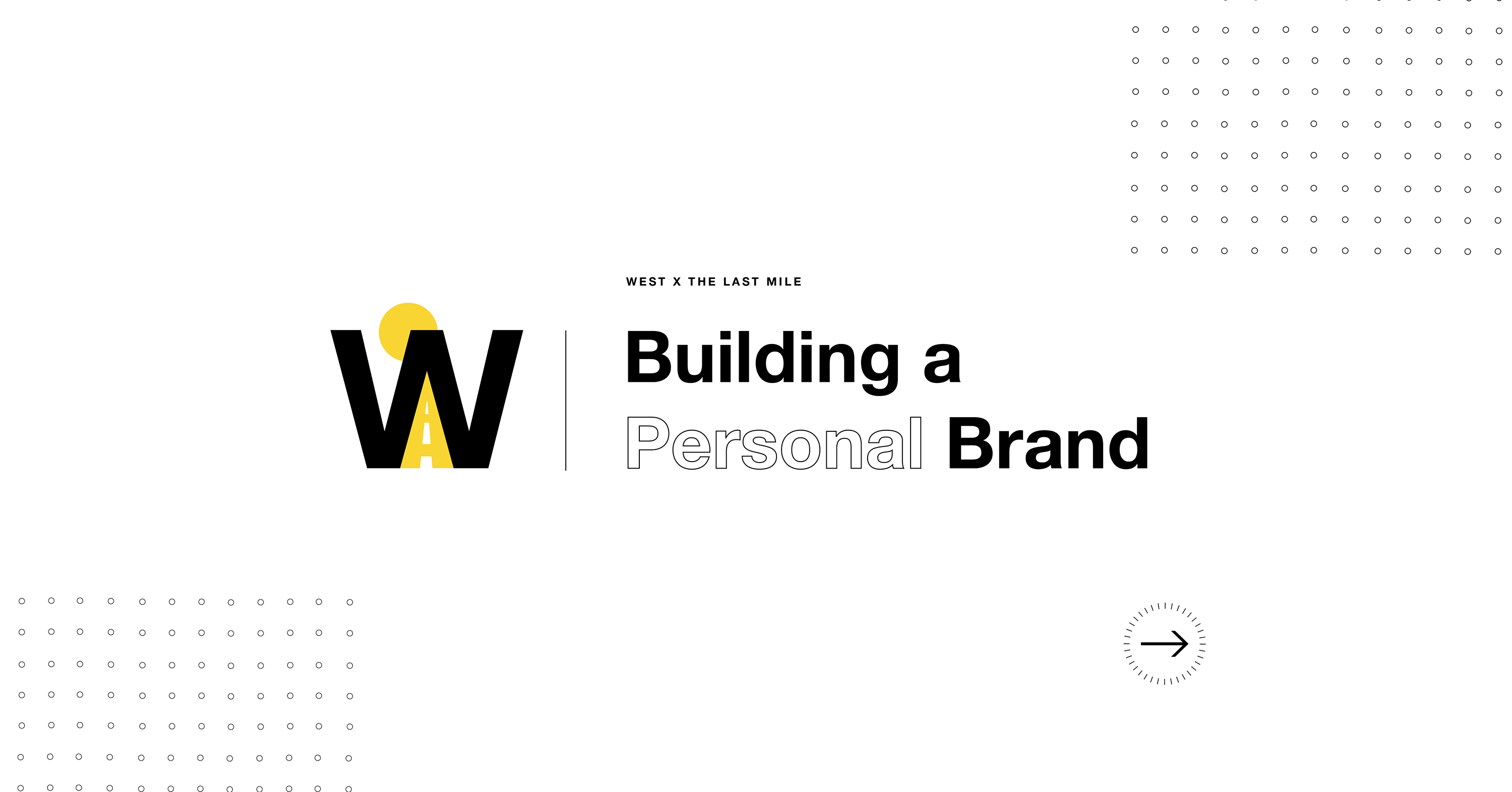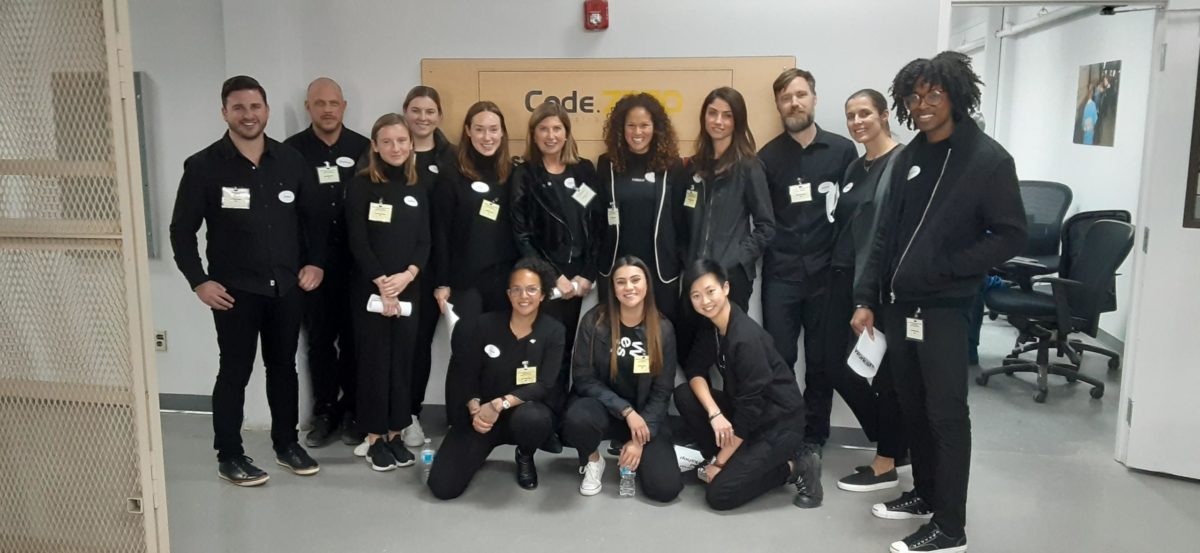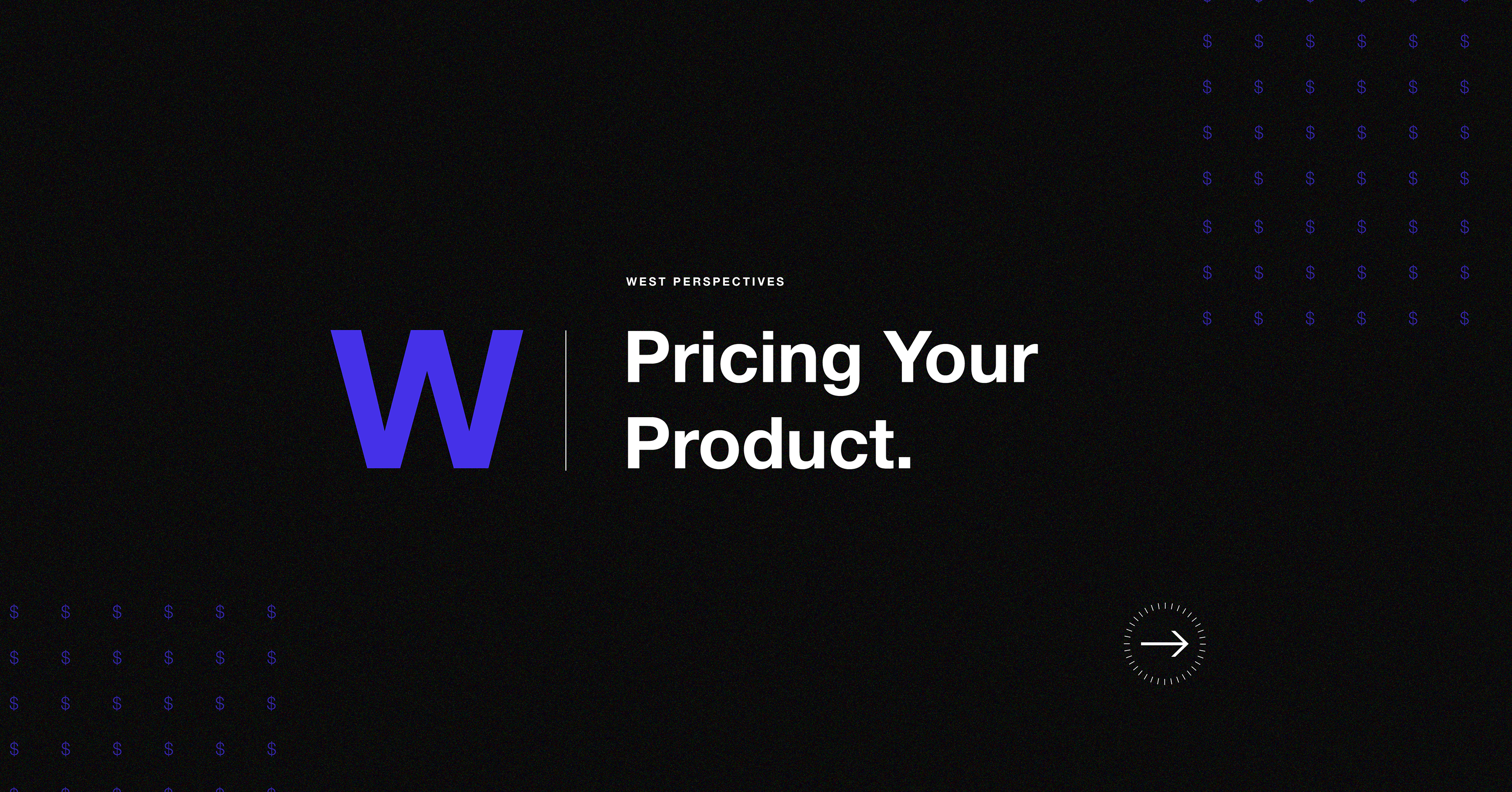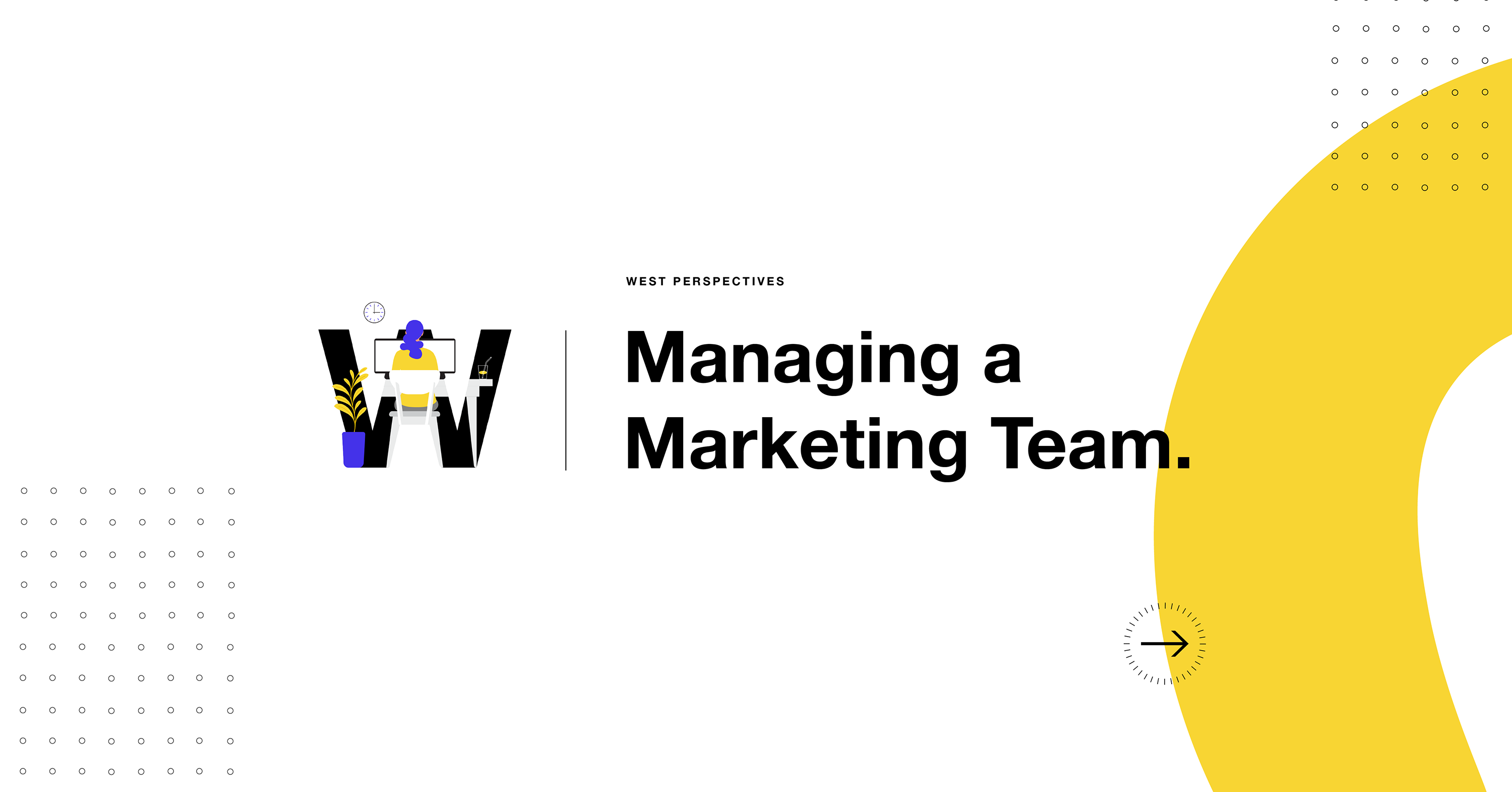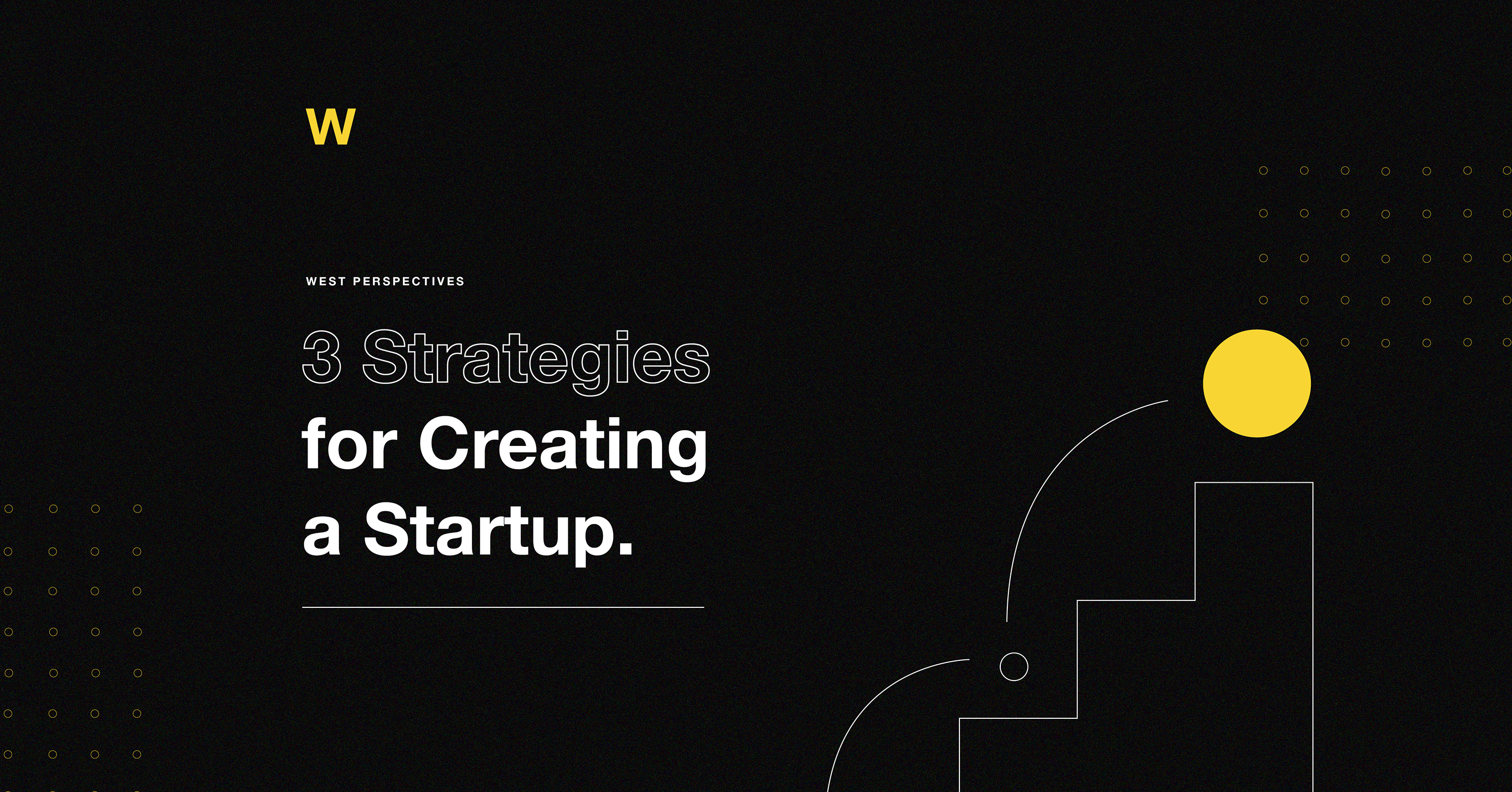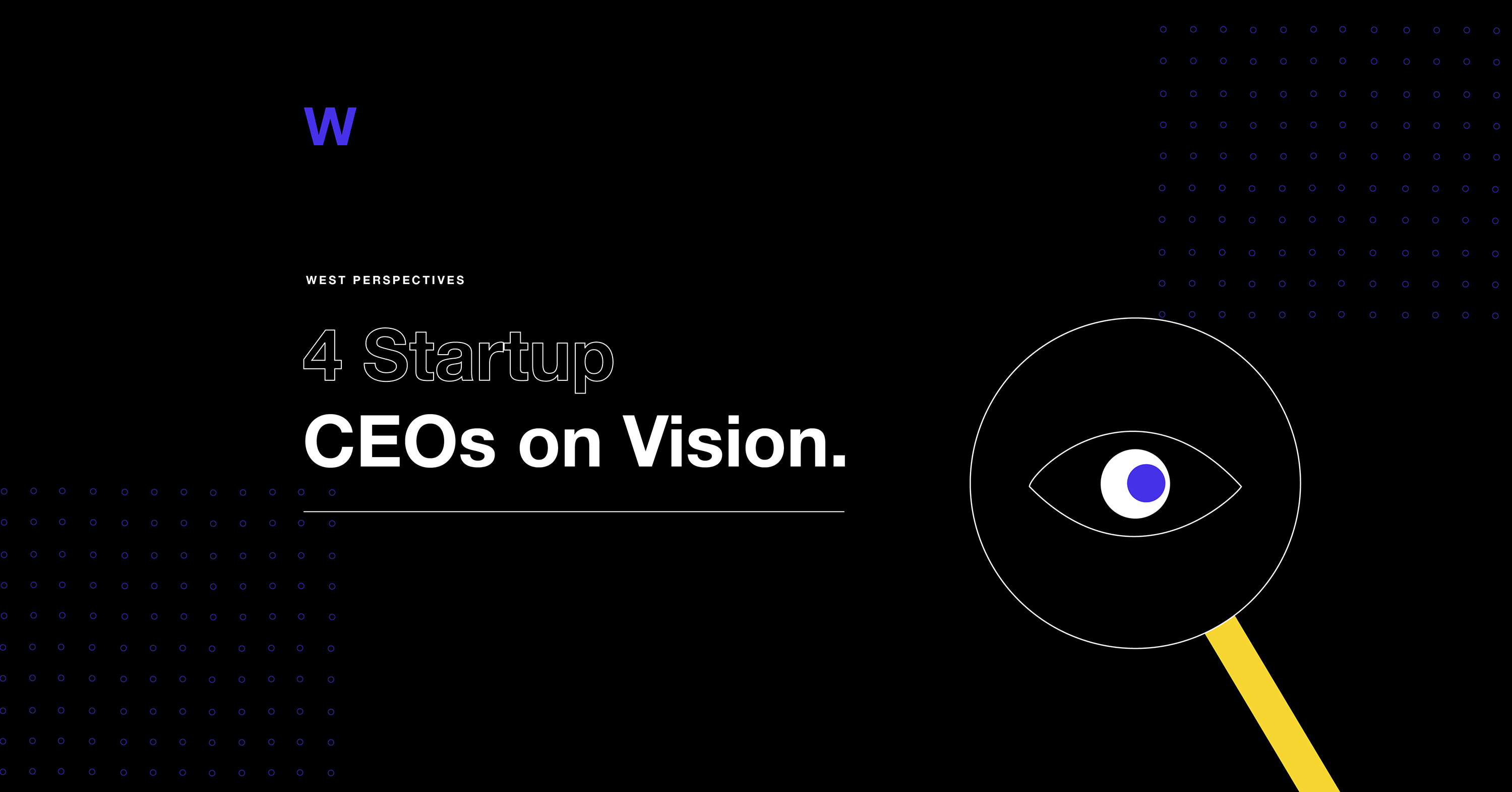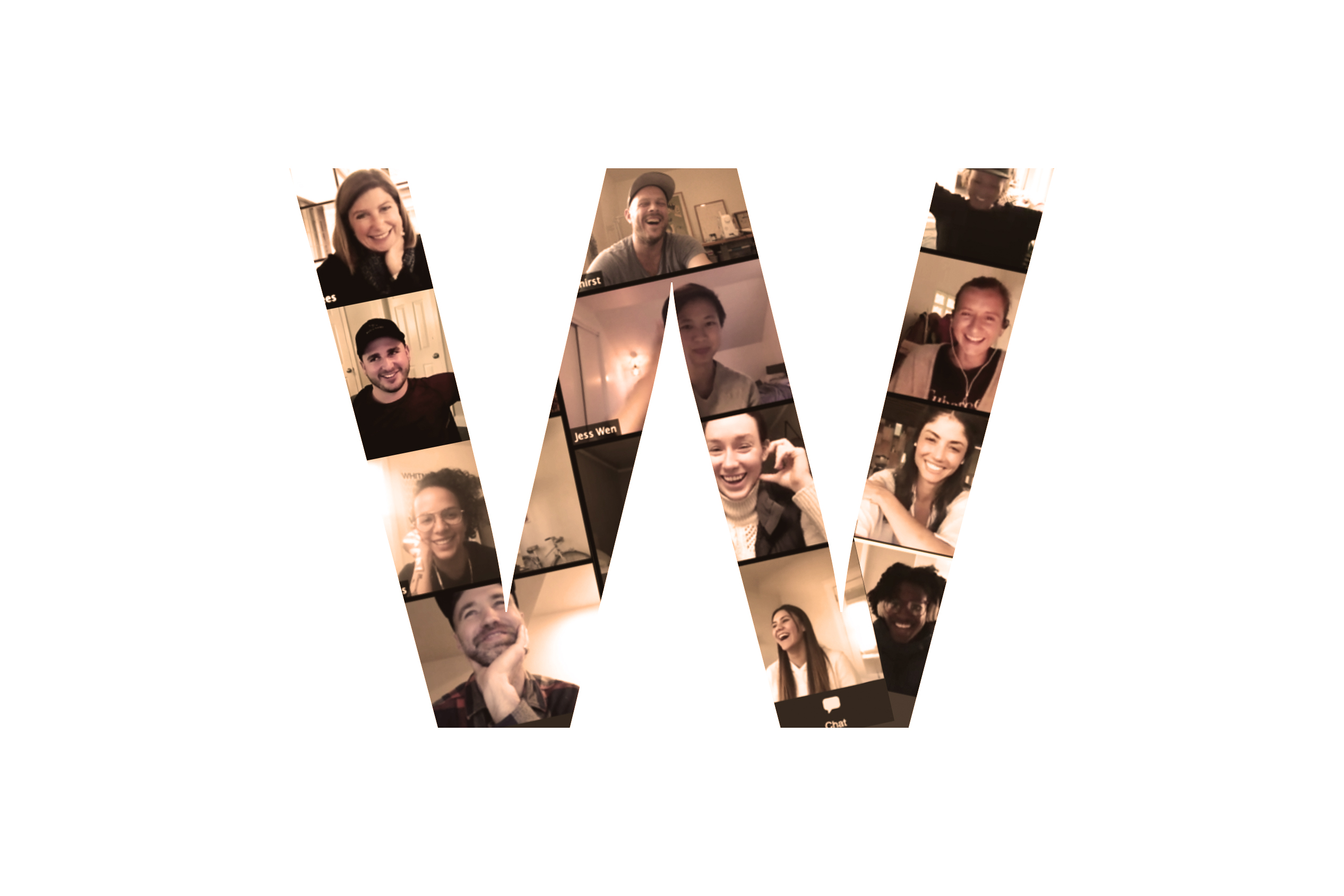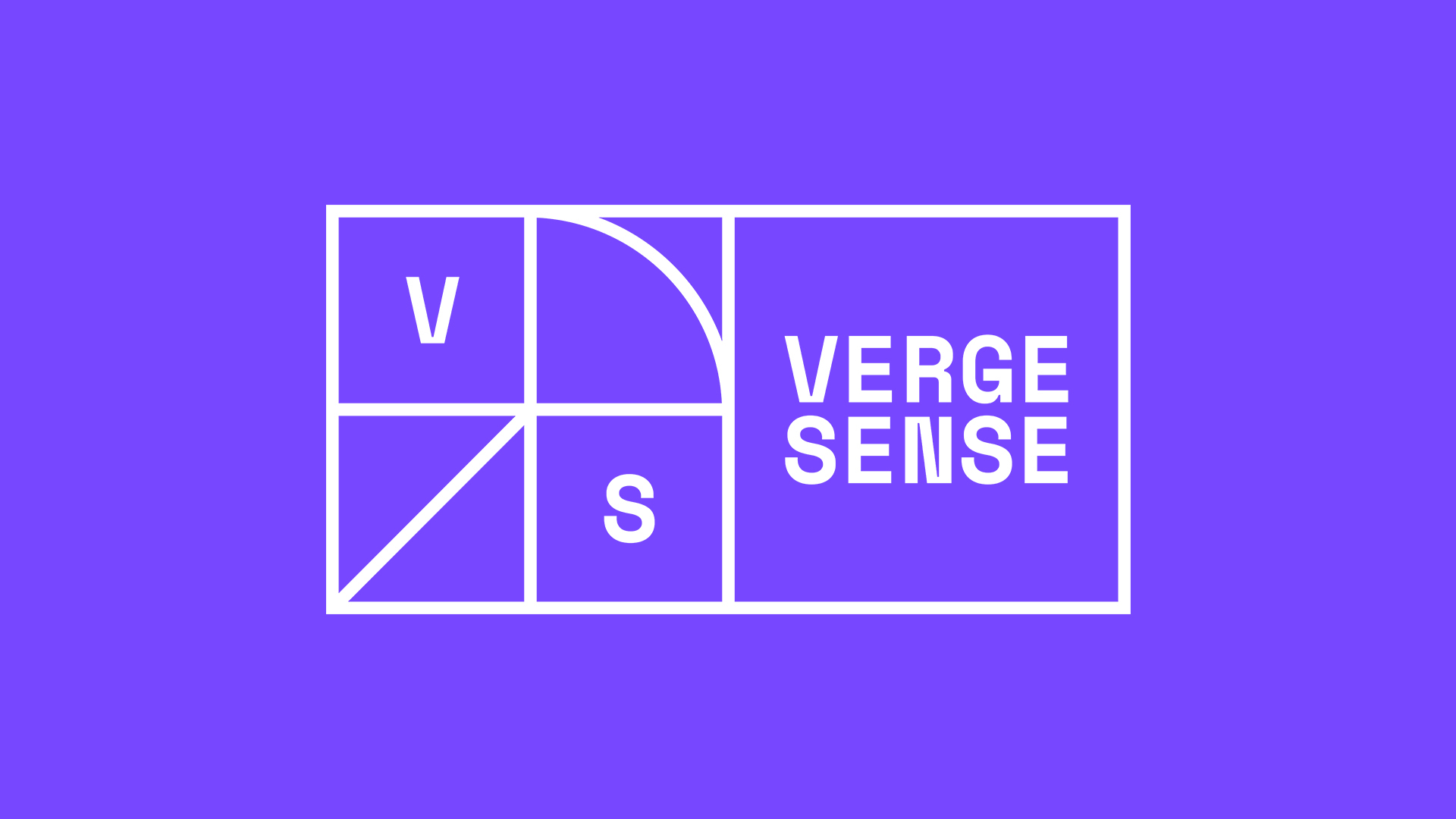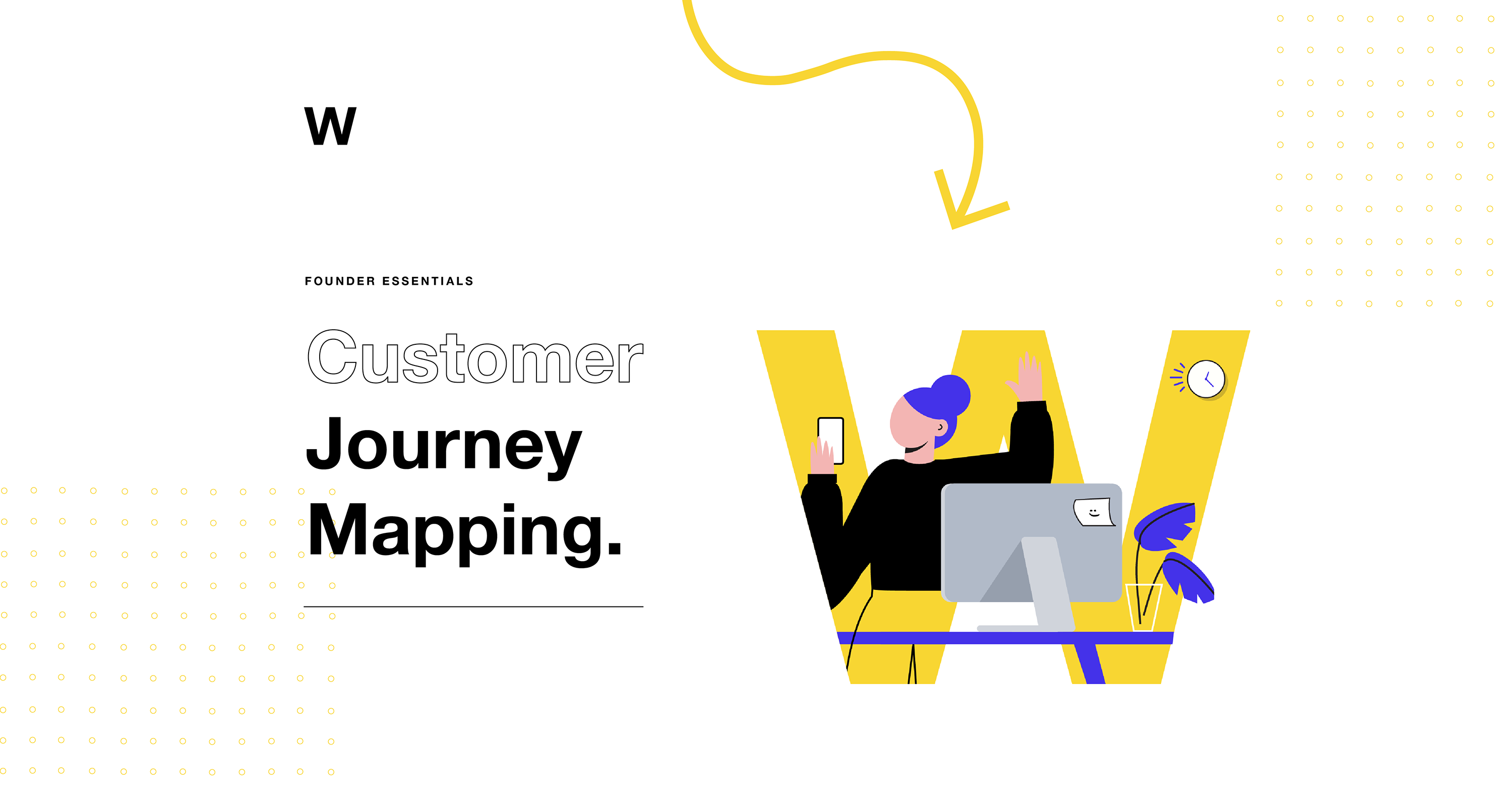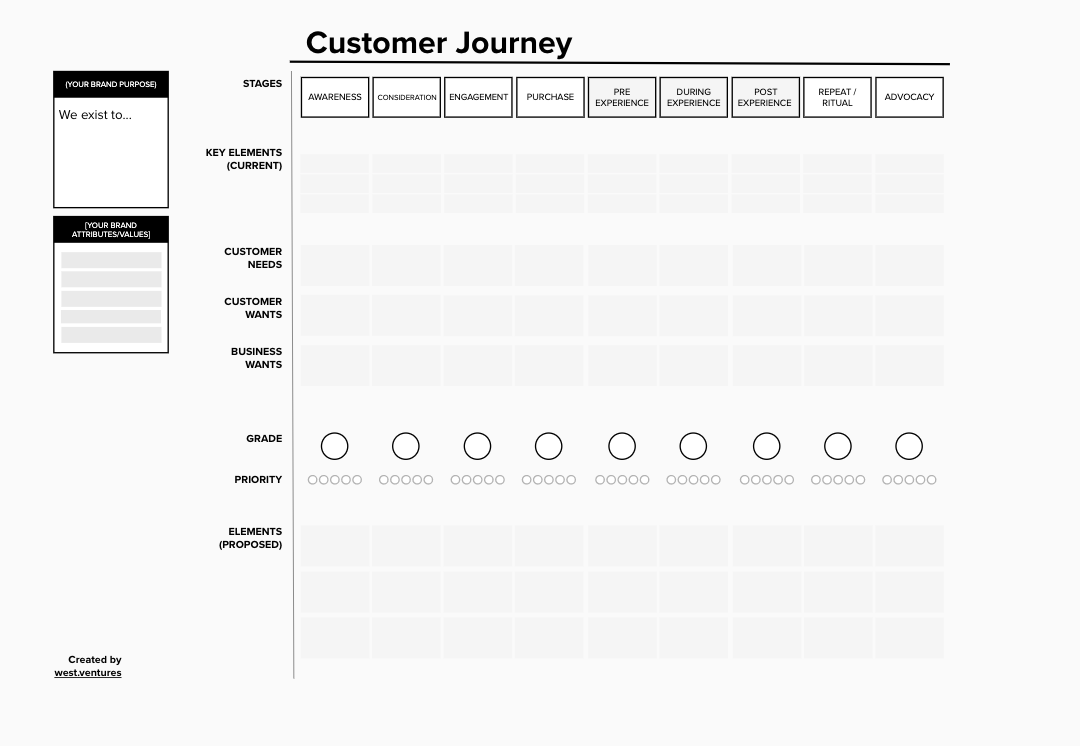As the West Venture Studio team wraps up projects and lays the groundwork for new ones, we’re also pausing to reflect on the giant and tumultuous year that was 2020.
With 2020 coming to a close, we would like to take this opportunity to thank each of you for being a part of our community and for the support you have shown us throughout the year. We are grateful to our team, and the teams of our studio and portfolio companies who have shown exceptional commitment and strength in these ever changing times.
We wrote in March of this year that the COVID-19 global health crisis has hit us all in a way very few could have imagined, and unfortunately we are still far from the end. In that same newsletter we also noted that, “as leaders, it is of the utmost importance to listen to your employees, customers, consumers and communities, learn from them, and respond with compassion.” As we close the chapter on 2020 and look towards 2021, these words continue to serve as a guiding light and of critical importance. And it is with this perspective that we approach 2021, ready to build.
On our partners
We were honored to work with more than 30 incredible companies this year––building brands at the forefront of their respective industries from healthcare and fitness, to entertainment, enterprise software, and the future of work. Our venture fund selectively invests in a few of our studio partners. It was an active year with 7 new seed to series B investments in companies including State Space, VergeSense, Solo Funds, Mab & Stoke, LogicInk, and others to be announced soon.
Some highlights from this year include LogicInk and Contakt World announcing their partnership to develop a COVID-19 Biosensor Sticker (via LogicInk) and Solo Funds being named Startup of the Year (via Established). This fall, Newfront Insurance announced it has raised over $100M to digitize insurance (via Forbes) while Proxy was featured as one of three innovations meeting the demands of the new Covid-19 world (via Inc.). At the beginning of the year, Torch announced its acquisition of peer-to-peer mentorship marketplace, Everwise, and has continued to scale its personalized coaching and development platform (via TechCrunch). A special shout out to Mursion, Impossible Foods, Proxy, and Nebia for being selected to Fast Company’s 2020 World’s Most Innovative List.
These are just a few of the publicly available moments. What isn’t included here are all of the hard work and accomplishments that don’t always make the news. Those moments are equally as important and we know the effort that goes into making deadlines, hitting OKRs, and accomplishing sprints.
On West Venture Studio
We are incredibly proud of how our team came together, rolled up their sleeves and got to work. This year we added two new team members––Oliver Slate-Green and Carlton Evans––and had six interns join us throughout the year.
Oliver joins as our Growth Marketing Strategist to help our portfolio companies and studio partners better define and reach their audiences by facilitating the art-meets-science process of answering: what are our known knowns, unknown knowns, unknown unknowns? Oliver is a person wholly obsessed with growth in its myriad forms and meanings. When not wrestling with existential quagmires, he is fixated on the perspective of the end user. He cut his teeth in the entertainment marketing industry before settling in for a nearly decade-long stretch at Fortune 500 companies, where he created strategies for and executed against go-to-market plans that moved needles (and broke servers!) for brands like Clif Bar, Fresh Step, Clorox, Teance Fine Teas, LUNA, Green Works, Glad, and more.
Carlton is a veteran producer and former academic with a passion for tackling the complexities required to translate a vision, feeling, and message into a meaningful experience for audiences. As Director of Production, he brings those long-standing interests to West where he leads multifaceted creative projects in the studio. A visionary film festival founder, curator, and entrepreneur, Carlton brings nearly two decades of creative production experience for a range of clients including Cisco, Facebook, Oakland Museum of California, and Mountain Hardwear to West. Carlton has had extensive experience leading diverse teams, producing television and film for over 15 years, with premieres at such prestigious festivals as Sundance, Tribeca, and SXSW. Carlton’s eye for innovative expressions led him to found the Disposable Film Festival in 2007, which celebrates innovation in new media filmmaking internationally. He also co-founded PROJECTOR, which brings companies, causes and directors together to create films inspired by revolutionary ideas. Carlton’s work at West brings his engagement with film and documentary full circle, helping new companies translate their stories and giving them life through multimedia.
We refreshed our brand (check out the new west.ventures) and many of our teammates shared their perspectives and expertise on our blog. Our most-read pieces of 2020 include a look at how China will impact the future of marketing, the importance of a good communication strategy, and how changing rates for social media influencers impact strategy.
In a recent year in review team meeting, we came together to discuss the many moments of the past year. As a full team, we spent more than 4,600 minutes together. We laughed, cried, played Codewords, learned to cook risotto, guessed obscure song titles, and most importantly we created space to share and listen to one another.
Onward
We will continue to make space to listen and learn from one another and are always here for you and our community.
We’re committed to partnering with exceptional founders to maximize their opportunity. We build for impact and in 2021, we look forward to doing just that.
